

This guide delves into the world of screw anchors, providing detailed information on their types, applications, installation methods, and considerations for optimal performance. Whether you're a DIY enthusiast tackling a home project or a professional contractor working on a large-scale construction, understanding screw anchors is crucial for successful fastening.
Several types of screw anchors cater to different needs and materials. The most common include:
These are designed for use in drywall or other hollow wall materials. They typically feature a self-tapping screw that expands behind the wall surface, providing a secure hold. Different types of drywall anchors exist, offering varying load capacities depending on the wall material and the screw's size. Always check the manufacturer's specifications for appropriate load limits.
Screw anchors for concrete applications often incorporate threads designed to grip firmly into the concrete. These anchors are typically made of hardened steel or other durable materials to withstand high tensile and shear forces. Choosing the right size and type is crucial, as improper selection could result in failure. Many reputable suppliers, like those found on sites such as Hebei Muyi Import&Export Trading Co.,Ltd, offer a wide variety of concrete screw anchors to suit different needs.
These anchors are optimized for use in wood and wood-based materials. They often feature sharp threads that bite into the wood fibers, providing a secure and strong hold. The length and diameter of the screw anchor should be selected based on the thickness and type of wood.
Correct installation is crucial for optimal performance and safety. General guidelines include:
The load capacity of a screw anchor depends on several factors, including the anchor type, material, installation method, and substrate material. Always refer to the manufacturer's specifications for accurate load capacity information. Safety should always be prioritized.
| Anchor Type | Material | Suitable Substrate | Load Capacity (Example) |
|---|---|---|---|
| Drywall Anchor | Plastic, Metal | Drywall, Hollow Wall | Low to Moderate |
| Concrete Screw Anchor | Steel, Zinc-plated Steel | Concrete, Masonry | High |
| Wood Screw Anchor | Steel, Brass | Wood | Moderate to High |
Note: Load capacities are illustrative and vary based on specific product specifications. Always consult the manufacturer's data sheet for precise information.
Selecting the appropriate screw anchor involves considering several factors: the substrate material (concrete, wood, drywall), the anticipated load, and the application. For assistance with selection and sourcing high-quality screw anchors, consider exploring the extensive range offered by suppliers like Hebei Muyi Import&Export Trading Co.,Ltd.
This comprehensive guide aims to provide a thorough understanding of screw anchors. Remember to always prioritize safety and consult manufacturer guidelines for specific product information.

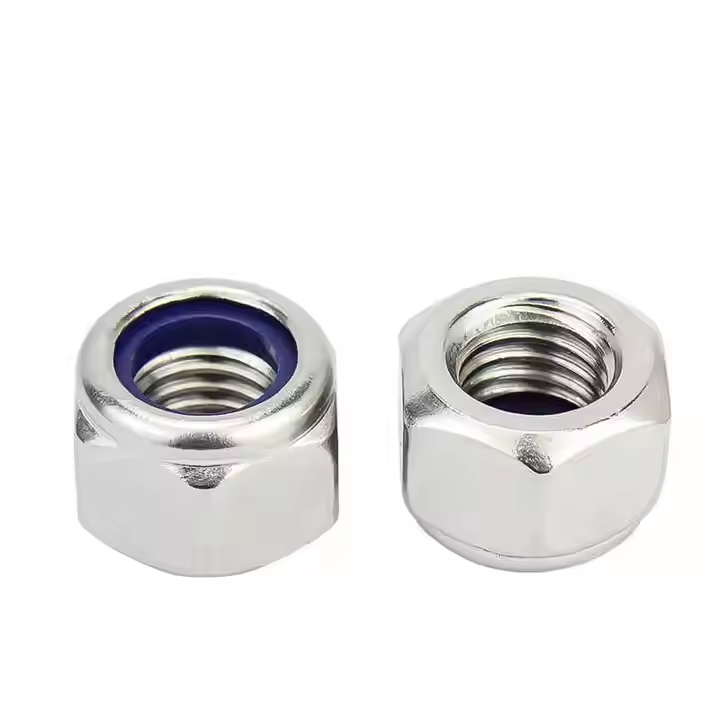
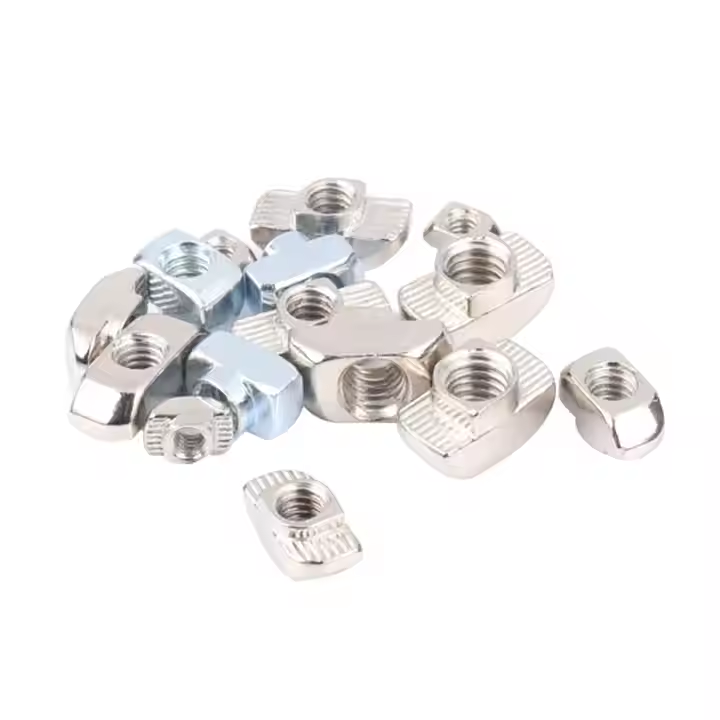
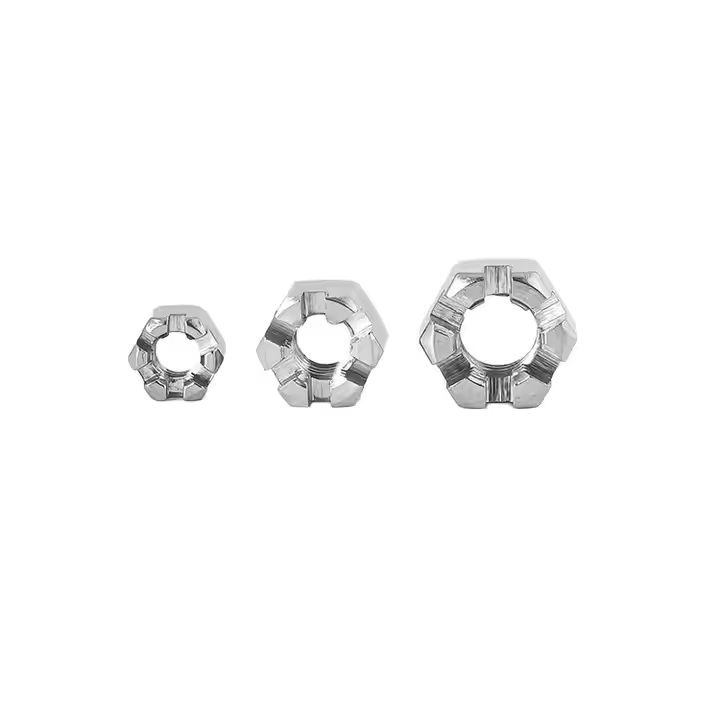
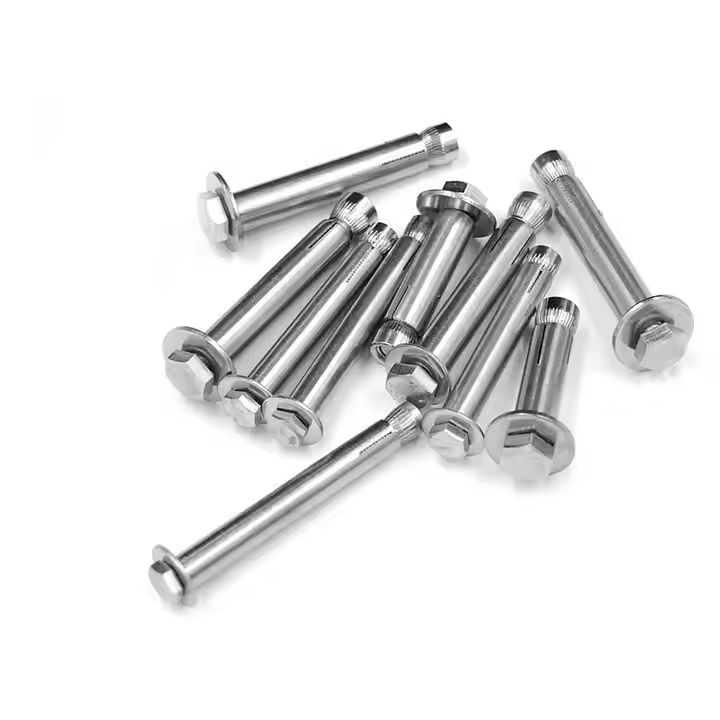
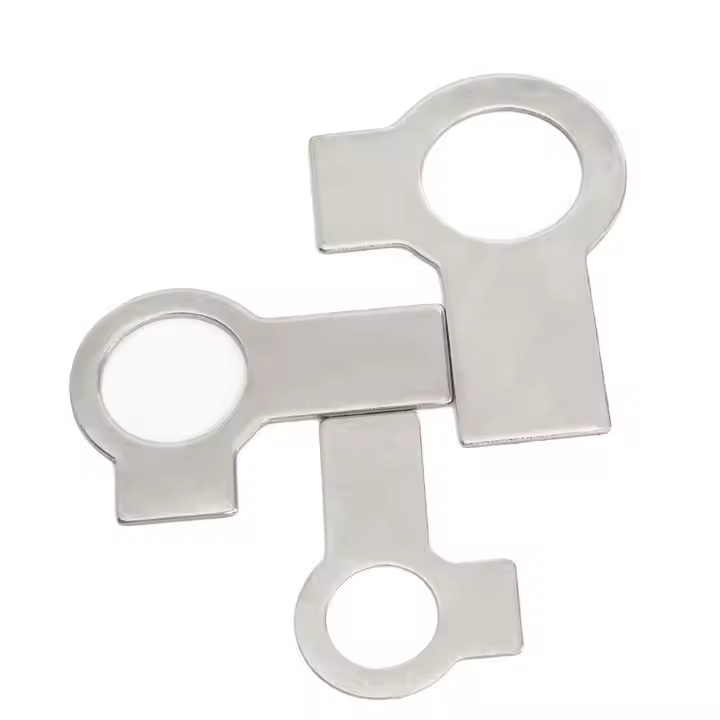
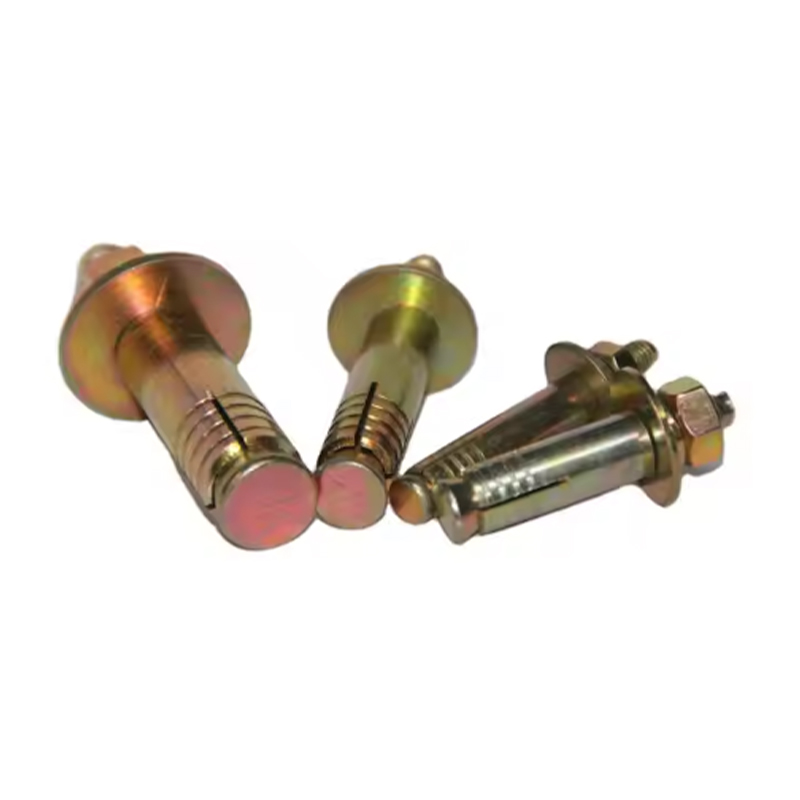
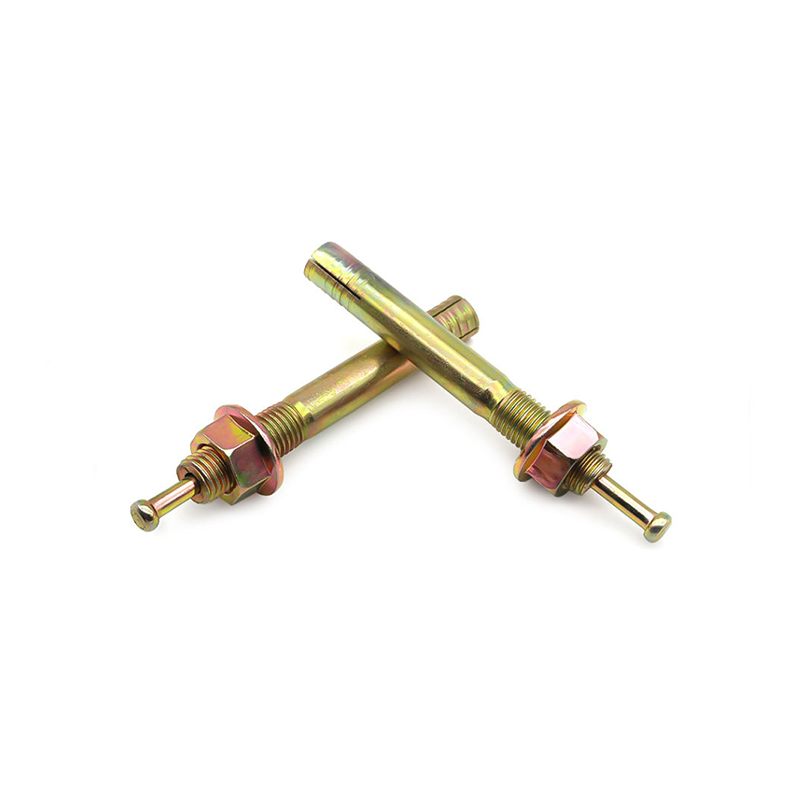

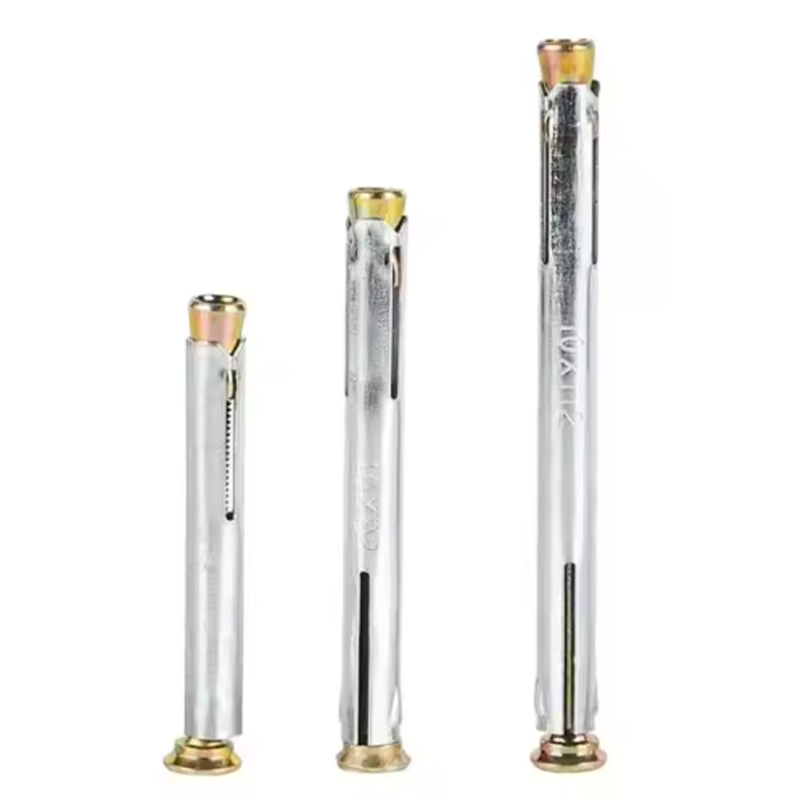


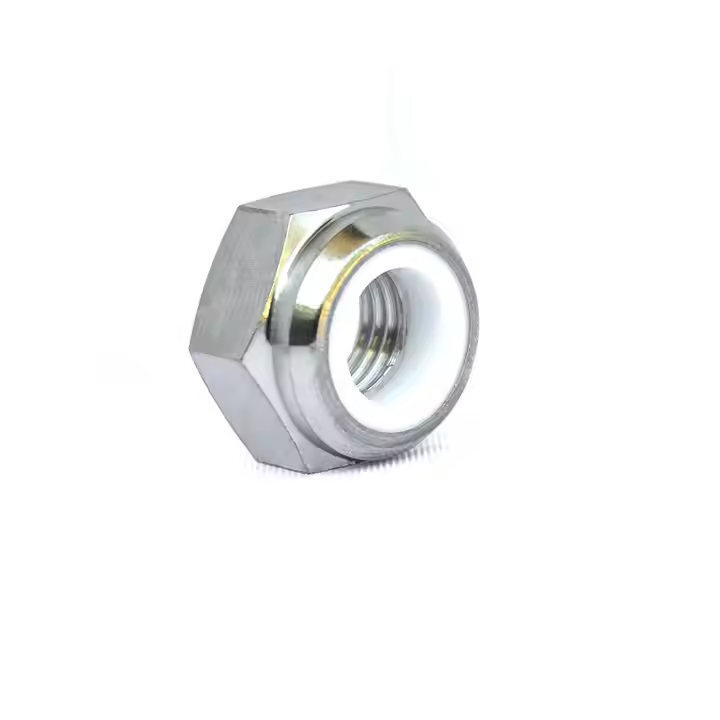
Please enter your email address and we will reply to your email.